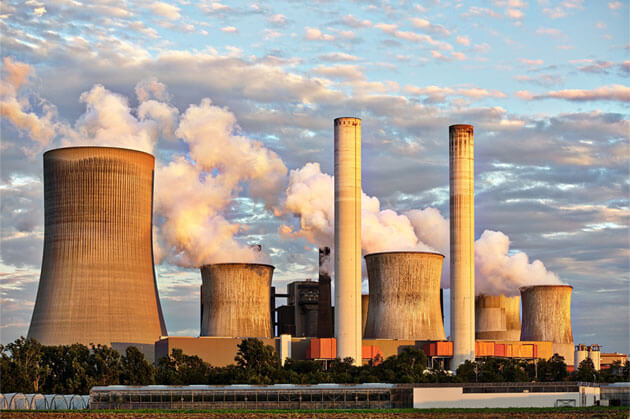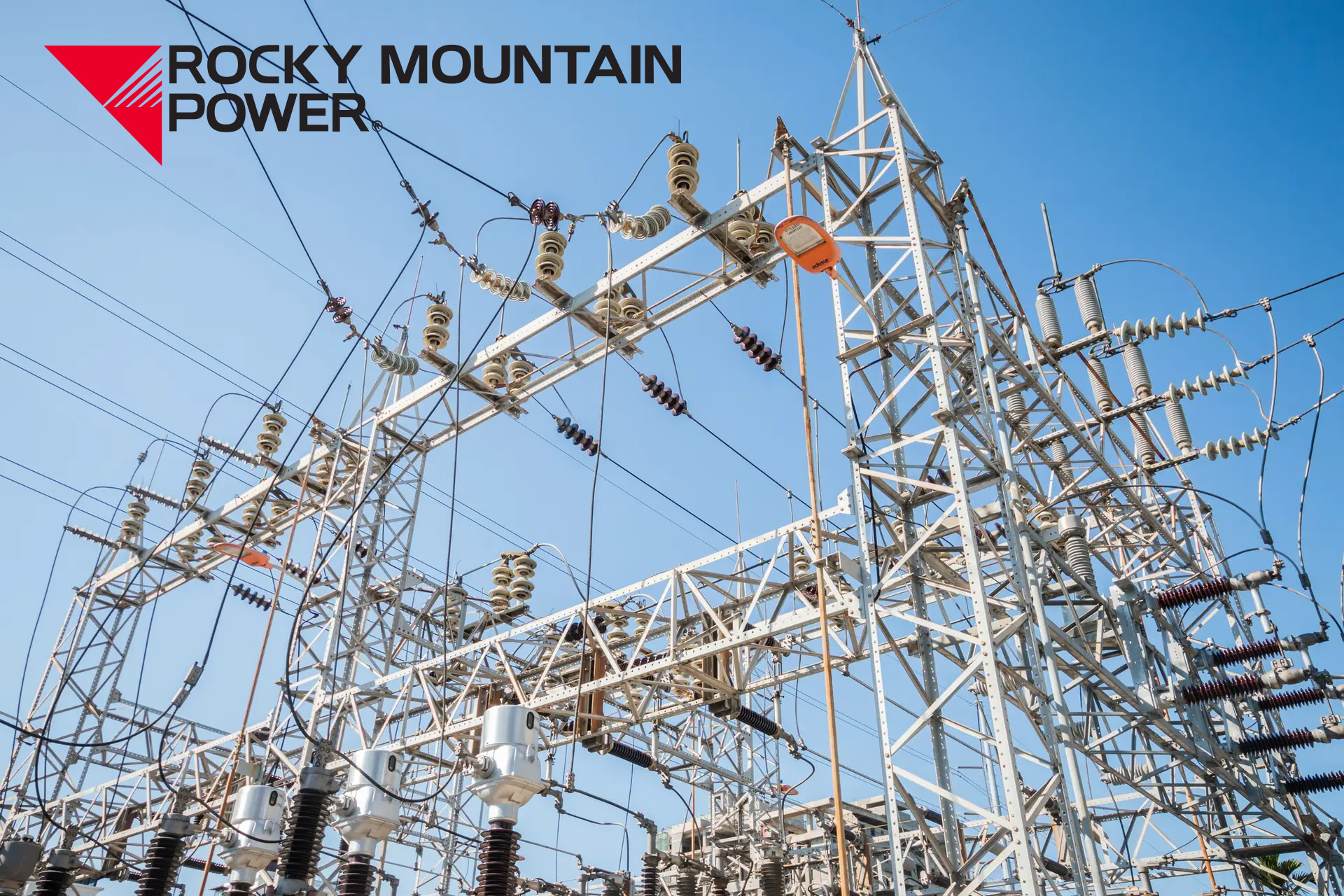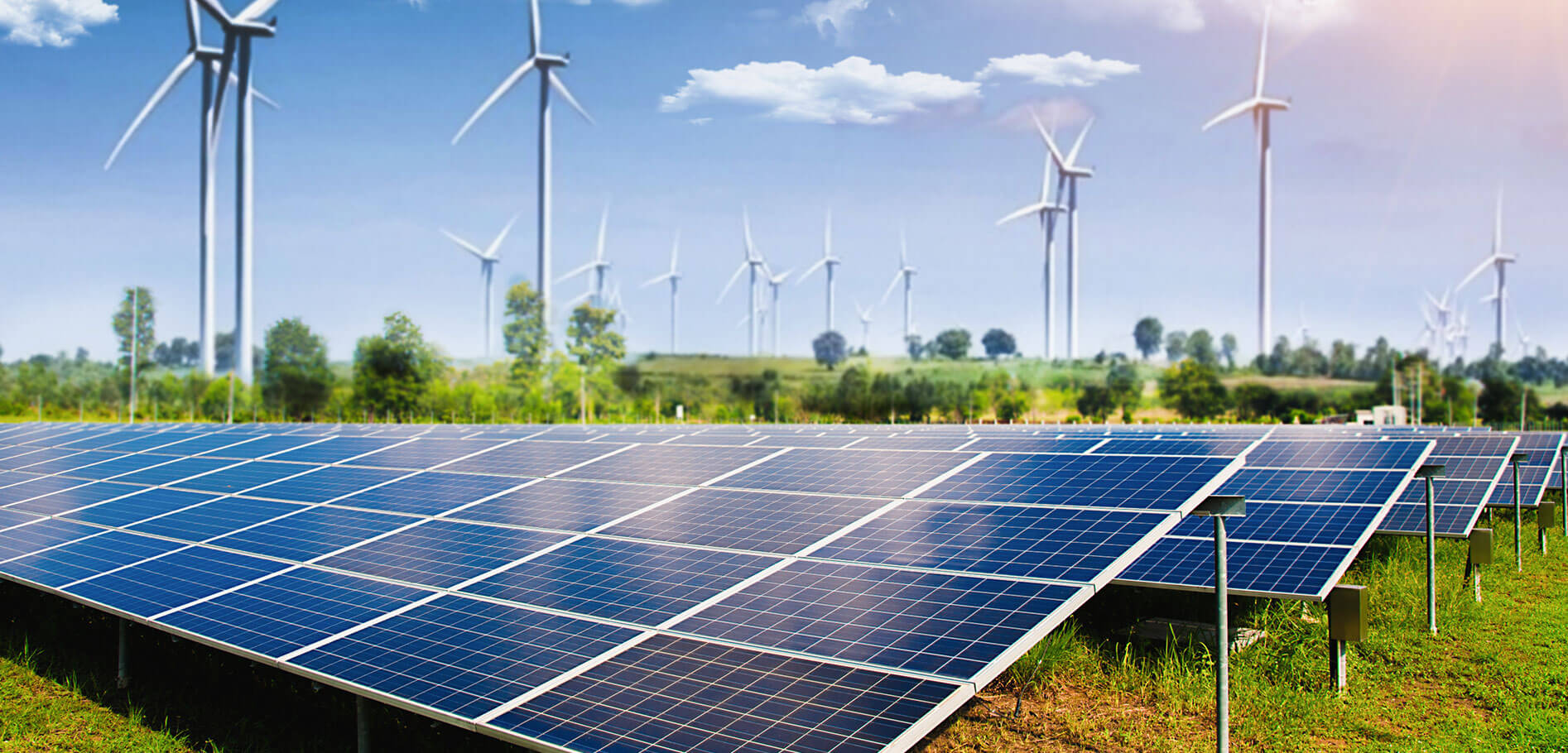
The United States Government and the Energy Crisis
The United States is facing a serious energy crisis. This problem is caused by many factors, like world conflicts, environmental worries, new technology, and changes in how people use energy. As energy use grows, older energy sources are being criticized for harming the environment. To fix this, the U.S. government has created different plans to tackle the issue. This article looks at what the government is doing now and how it’s planning for a cleaner energy future, with examples from different states and programs around the country.
Understanding the Energy Crisis
The energy crisis is characterized by challenges related to the availability, accessibility, and affordability of energy resources. In the United States, this crisis has manifested through rising fuel prices, supply chain disruptions, and a growing need for clean energy sources.
Factors Contributing to the Energy Crisis
- Geopolitical Tensions: Global conflicts and instability, especially in oil-rich regions, have led to fluctuations in oil prices. The Russia-Ukraine conflict has significantly impacted global oil and gas supplies, resulting in increased prices in the U.S. As sanctions against Russia were imposed, American consumers faced surging fuel prices, prompting calls for alternative energy strategies.
- Climate Change: The urgency to transition to renewable energy sources is driven by the need to combat climate change. Extreme weather events, exacerbated by climate change, have disrupted energy supply chains, making it imperative to adopt resilient energy solutions. Hurricanes, wildfires, and floods have not only affected energy production but have also underscored the vulnerability of existing infrastructure.
- Market Dynamics: The recovery from the COVID-19 pandemic has led to a resurgence in energy demand, but supply has struggled to keep pace. The rise in demand for electric vehicles (EVs) and other technologies reliant on electricity further complicates the energy landscape, with consumers facing higher energy bills and limited supply options.
- Infrastructure Challenges: The aging energy infrastructure, including power grids and pipelines, poses significant risks. Recent natural disasters, such as Hurricane Ida in 2021, revealed vulnerabilities in these systems, prompting the government to prioritize modernization efforts.
Current Government Actions
In response to the energy crisis, the U.S. government has implemented various measures aimed at stabilizing energy prices, ensuring supply security, and facilitating the transition to a sustainable energy future.
1. Strategic Petroleum Reserve (SPR)
The Strategic Petroleum Reserve (SPR), established in the 1970s, serves as an emergency supply of oil to help mitigate shortages. In response to rising oil prices and supply disruptions, the Biden administration released millions of barrels from the SPR, which provided temporary relief at gas pumps across the country. In late 2021, the administration announced a coordinated release of 50 million barrels from the SPR alongside other countries, a move aimed at calming the volatile oil market. This approach, however, is viewed as a short-term fix, highlighting the need for a comprehensive energy strategy.
Investment in Renewable Energy
The federal government is prioritizing investments in renewable energy sources, including solar, wind, and hydroelectric power. The Inflation Reduction Act of 2022 allocated approximately $369 billion toward clean energy investments over the next decade, marking one of the largest commitments to combating climate change in U.S. history.
Key Initiatives:
- Tax Incentives: The government has introduced tax credits and incentives for individuals and businesses that invest in renewable energy projects. For example, the federal solar tax credit, known as the Investment Tax Credit (ITC), allows homeowners to deduct 30% of the cost of solar panel installations from their federal taxes.
- Clean Energy Grants: Various grants and funding opportunities are available to support research and development in clean energy technologies. The Department of Energy (DOE) is actively funding projects that advance energy storage, carbon capture, and grid modernization. For instance, the Solar Energy Technologies Office has invested in projects like the Solar Energy Innovation Network, which supports collaboration among states to accelerate solar deployment.

Promoting Energy Efficiency
The government has initiated several programs to promote energy efficiency in homes, businesses, and industries. The Better Buildings Initiative encourages organizations to adopt energy-saving practices, while the Energy Star program helps consumers identify energy-efficient products. For example, cities like San Diego have implemented energy efficiency programs aimed at reducing energy consumption in municipal buildings, achieving significant cost savings and lowering emissions.
Legislative Measures
Congress has been active in addressing the energy crisis through legislative measures. Bipartisan support has emerged for various bills aimed at enhancing energy security, including:
- Infrastructure Investment and Jobs Act: Signed into law in November 2021, this legislation includes approximately $65 billion for modernizing the electrical grid, enhancing resilience against climate impacts, and supporting electric vehicle charging infrastructure. This funding aims to bolster the nation’s energy infrastructure, making it more reliable and capable of accommodating an increasing share of renewable energy sources.
- Energy Policy Modernization: Several bills have been proposed to streamline regulatory processes for renewable energy projects. For example, the American Energy Innovation Act seeks to expedite permitting processes and reduce regulatory burdens for renewable energy projects, facilitating quicker deployment of clean energy technologies.
International Cooperation
Recognizing the global nature of the energy crisis, the U.S. government has engaged in international partnerships to address energy security. Efforts include:
- Collaborating with Allies: The U.S. has worked with allies, such as the European Union, to reduce dependence on Russian oil and gas by promoting alternative energy sources and increasing domestic production. This collaboration has included initiatives to export U.S. liquefied natural gas (LNG) to European markets as a substitute for Russian energy.
- Climate Agreements: The U.S. rejoined the Paris Agreement and committed to ambitious climate targets, aiming for a significant reduction in greenhouse gas emissions by 2030. This re-engagement underscores the government’s commitment to addressing global climate change collaboratively.
Future Plans and Strategies
As the U.S. government addresses the current energy crisis, it is also laying the groundwork for a more resilient and sustainable energy future.
Accelerating the Transition to Renewable Energy
The government aims to achieve 100% clean energy by 2035. This ambitious goal involves expanding the deployment of renewable energy technologies, enhancing energy storage solutions, and modernizing the electrical grid to accommodate a diverse energy mix.
Plans for Expansion:
- Offshore Wind Development: The Biden administration has set a target of deploying 30 gigawatts (GW) of offshore wind capacity by 2030, which could power millions of homes. The Vineyard Wind project off the coast of Massachusetts is a notable example, expected to provide clean energy to over 400,000 homes upon completion.
- Solar Energy Initiatives: Plans are underway to increase solar energy capacity through incentives for large-scale solar projects and community solar programs. In states like California, aggressive solar deployment initiatives have led to over 30% of the state’s electricity coming from solar energy.
Innovations in Energy Storage
Energy storage technologies, such as batteries, play a crucial role in integrating renewable energy sources into the grid. The government is investing in research and development to enhance energy storage solutions, aiming to improve efficiency, reduce costs, and increase capacity. Programs like the Energy Storage Grand Challenge launched by the DOE aim to make breakthroughs in energy storage technologies that can support a reliable and resilient energy system.
Electrification of Transportation
The transition to electric vehicles is a key component of the U.S. energy strategy. The government plans to expand EV charging infrastructure, incentivize EV purchases, and support domestic manufacturing of EV components. The goal is to have at least 50% of new vehicle sales be electric by 2030. States like Washington and California are already taking the lead, with California requiring all new cars sold by 2035 to be zero-emission vehicles.
Grid Modernization
To accommodate the growing demand for electricity and the integration of renewable energy sources, significant investments in grid modernization are essential. The government is focused on enhancing grid resilience, incorporating smart technologies, and improving cybersecurity to protect against potential threats. The Grid Modernization Initiative aims to advance the technologies necessary for a more flexible, secure, and resilient electrical grid.
Community-Based Energy Solutions
The government knows that local solutions are important. It is supporting community energy projects like microgrids and local renewable energy programs. These projects help communities take control of their energy, make systems stronger, and bring power to people who don’t have enough access. For example, in New York, the Community Distributed Generation program lets people join shared solar projects. This helps even those without good rooftops for solar panels get clean energy.
The energy crisis in the U.S. is a big problem, but the government is taking strong action to fix it. By investing in renewable energy, creating new laws, and working with other countries, the U.S. is building a sustainable energy future. The goal is not just to handle today’s problems but to create a cleaner and safer energy system for years to come. Success will require teamwork between the government, businesses, and the public to build an energy system that works for everyone.




